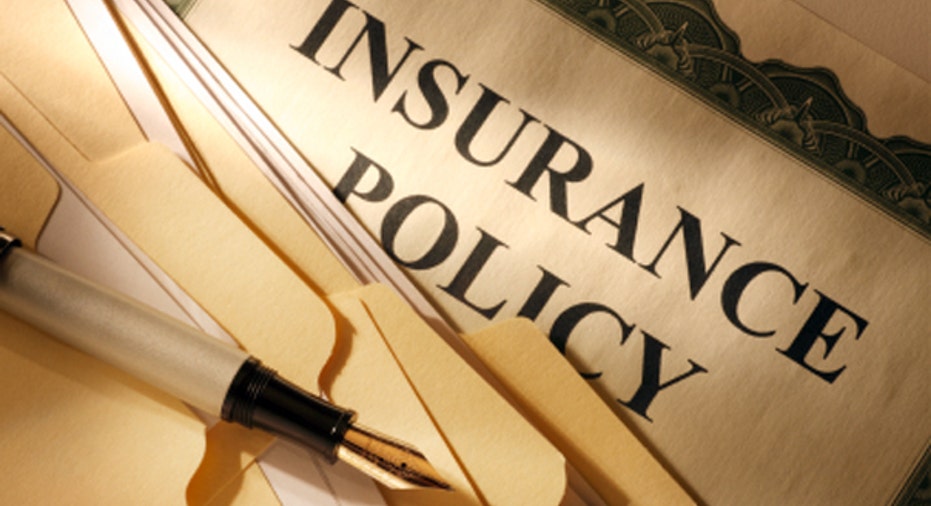Car Accident Diagrams go Digital

After something as jarring as a car accident, details of what happened can end up tangled or lost in the retelling of the story.
To convey how it all took place, it helps to show -- not just tell -- what occurred. Perhaps nothing does that better than an accident diagram. (See: "Driving your car after it's totaled.")
"An accident diagram can answer a lot of questions and can really help a lawyer, insurance adjuster or jury see -- 'Ah, that's what happened,'" says Hector Quiroga, a Spokane, Wash., attorney and a former insurance claims adjuster.
Quiroga drew hundreds of accident diagrams as an adjuster, and today he still uses the tool as an attorney representing clients who have been in accidents. A good diagram, he says, can help make your case in court or help you through the insurance claims process. The picture brings details to life that help others who weren't at the accident scene visualize how the crash occurred. (See: "Don't let an accident wreck your identity, too.")
"A diagram carries a lot of weight," he says.
Car accident diagrams go digital
Not long ago, accident diagrams were primarily done using pen and paper, but now technology has transformed the art of the crash sketch.
Some smartphone car crash and insurance apps feature diagramming capability, including:
- iWrecked Plus by Vurgood Apps, the 99-cent expanded version of the free iWrecked app
- C.A.R. - Car Accident Report by Inventive Touch Software
- Pocket Agent by State Farm
"Pictures help break down any language differences or gaps that may exist between two parties when describing what happened in an accident," State Farm spokesperson Matt Edwards says. "It isn't a replacement for the words, but it is an additional tool we can use to make what happened clear and easy to follow."
Not all insurance company apps include diagramming capability, but State Farm built the function into its Pocket Agent app to enable policyholders to draw pictures while their memories are fresh, Edwards says. (See: "Car insurance firms revving up mobile app features.")
For iPad users who are USAA members, there's USAA app for iPad. It lets you create narrated diagram videos that you upload directly into your claims file.
Another high-tech tool, called AccidentSketch, lets you draw a diagram online. The free program includes links to accident forms for use in European countries, but the diagramming feature can be used to sketch an accident that happens anywhere.
Quiroga also offers free downloadable templates and tools on his website to help you create a diagram on your computer using Microsoft Word or Paint.
Tips for creating a car accident masterpiece
Whether you use a smartphone, a computer or pencil and paper, follow these tips from Quiroga to sketch an accurate accident diagram:
- Draw a rough sketch as soon after the accident as possible. Obviously your first priority after an accident is to make sure everyone is safe and to get help. But if you're not injured, it's best to sketch a diagram while you're still at the accident scene, where the details are right in front of you and the sequence of events is fresh in your mind. The driver doesn't have to be the one who draws the sketch, Quiroga says. A passenger can pitch in. The initial sketch doesn't have to be perfect but should include as many of the important details as possible. You can always make a more polished version on the computer or on paper later.
- Get the lay of the land. Quiroga suggests viewing a satellite photo of the accident scene, so you can accurately depict the street layout, lights, traffic lanes and other details. Just enter an address near the accident into Google Maps and choose the satellite view. This is a must if you've been in a parking lot accident, Quiroga says. A parking lot may seem simple to depict, but no two lots are exactly alike. You can use the map as a guide when you sketch and attach a copy of the map to the diagram. Or you can print the map and draw on top of it. Don't forget to indicate which direction is north to give viewers the right orientation.
- Start from the point of impact and work backward. A good diagram should show the direction the vehicles were traveling, the point of impact and where the vehicles came to a complete stop, Quiroga says. Add details, such as traffic signals, speed limit signs and street names.
- Add text boxes. The words in the text boxes should explain where drivers saw one another and what they did.
- Get someone to check your work. Once the map is complete, ask someone to look at it before you send it to the insurance company. Quiroga says he's had clients who did professional-looking diagrams but put the cars on the wrong sides of the road. A proofreader can catch dumb mistakes or point out confusing parts of the map.
- You can always shoot a video. If sketching a diagram is out of the picture, Quiroga suggests making a short video. Get some toy cars or objects to represent cars. Lay out a simple street scene on the floor or table and shoot a video clip as you narrate and manipulate the cars to show what happened.
The original article can be found at Insurance.com:Car accident diagrams go digital



















